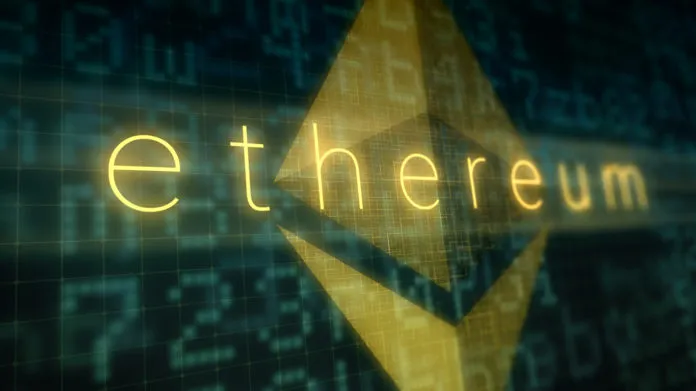
Bitcoin soaks up most of the hype and the opprobrium heaped on cryptocurrencies, leaving its younger and smaller sibling Ethereum in the shadows. But Ethereum is anything but small. Its market capitalization was roughly US $10 billion at press time, and it has an equally whopping energy footprint.
Ethereum mining consumes a quarter to half of what Bitcoin mining does, but that still means that for most of 2018 it was using roughly as much electricity as Iceland. Indeed, the typical Ethereum transaction gobbles more power than an average U.S. household uses in a day.
“That’s just a huge waste of resources, even if you don’t believe that pollution and carbon dioxide are an issue. There are real consumers—real people—whose need for electricity is being displaced by this stuff,” says Vitalik Buterin, the 24-year-old Russian-Canadian computer scientist who invented Ethereum when he was just 18.
Buterin plans to finally start undoing his brainchild’s energy waste in 2019. This year Buterin, the Ethereum Foundation he cofounded, and the broader open-source movement advancing the cryptocurrency all plan to field-test a long-promised overhaul of Ethereum’s code. If these developers are right, by the end of 2019 Ethereum’s new code could complete transactions using just 1 percent of the energy consumed today.
Ethereum’s attempted rebirth will be one of the year’s “most fascinating technologies to watch,” says Zaki Manian, who is advising the cryptocurrency upstart Cosmos. Manian says Ethereum’s development process means that multiple coders and organizations must collaborate in the open, converge on specifications, invent all of the technology to implement them, and make them work together seamlessly. “It is by far the most technically ambitious open community project that has ever been attempted,” says Manian.
source : spectrum ieee